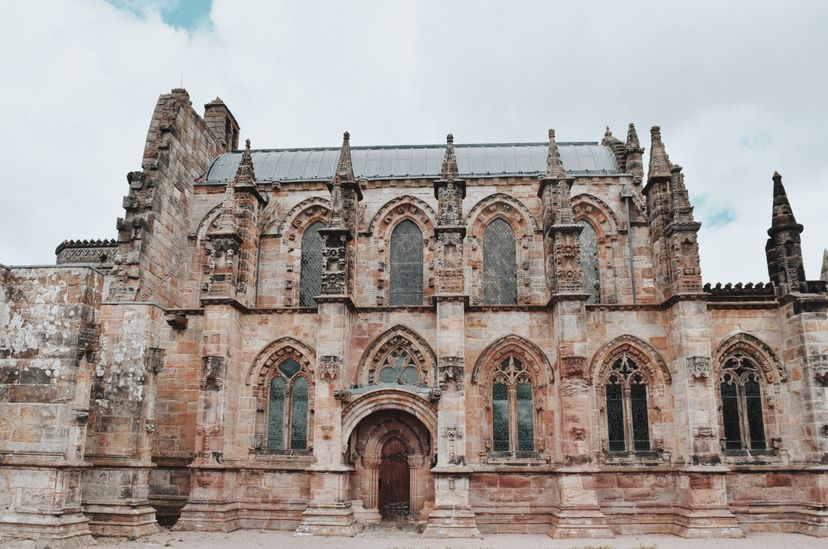
Nestled in the picturesque village of Roslin, Midlothian, Scotland, stands a 15th-century architectural wonder that has captured the imaginations of historians, artists, and conspiracy theorists alike - Rosslyn Chapel. This captivating chapel, formerly known as the Collegiate Chapel of St Matthew, has a rich and storied history that intertwines with legends, secrets, and the fascination of the unknown. In this article, we embark on a journey to uncover the mysteries and explore the intriguing features of Rosslyn Chapel.
Advertisement